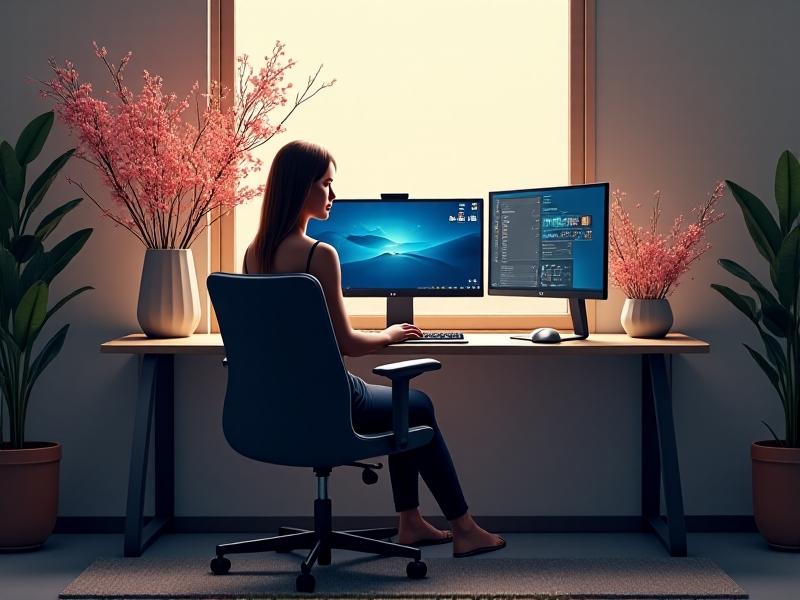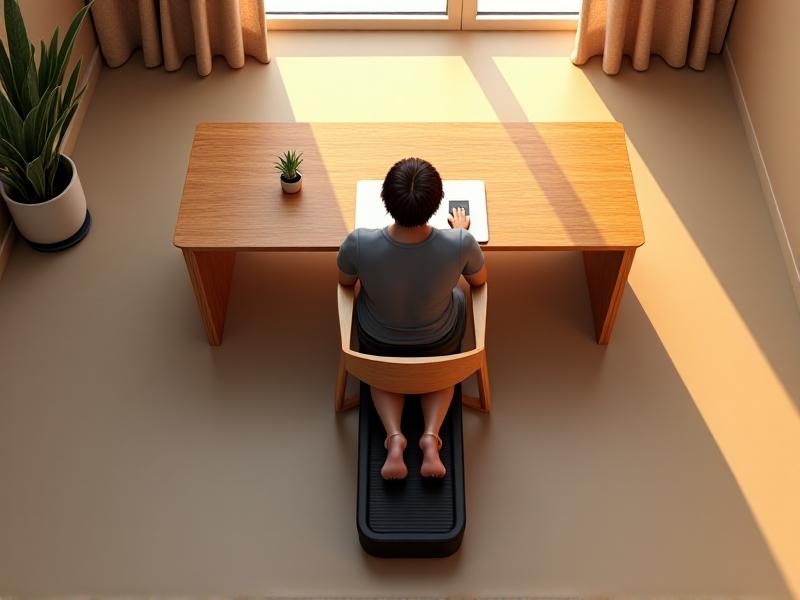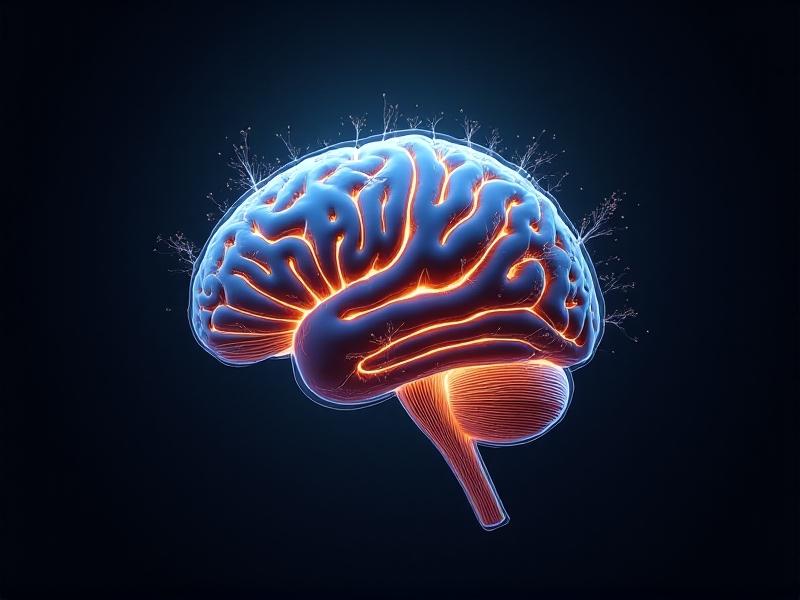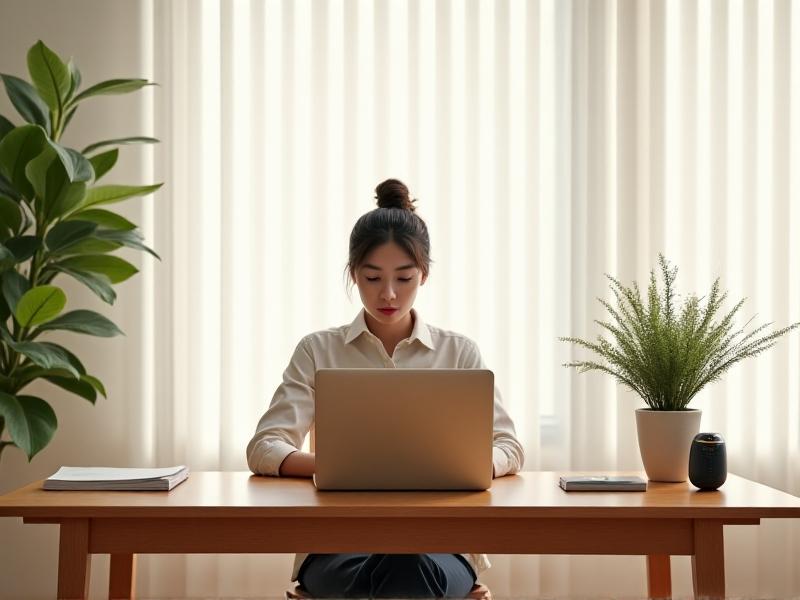Posture-Adaptive Desk Alarm Systems
The Growing Epidemic of Poor Posture in Modern Workplaces

Poor posture has become a silent crisis in today’s digitally driven world. As millions transition to desk-based jobs and remote work, the average worker spends over six hours daily in sedentary positions. Slouching, forward head posture, and uneven spinal alignment aren’t just aesthetic concerns—they contribute to chronic pain, reduced productivity, and long-term musculoskeletal disorders. Research from the Bureau of Labor Statistics reveals that back injuries account for nearly 20% of workplace injuries, many stemming from ergonomic neglect. Traditional solutions like ergonomic chairs or occasional stretching reminders often fall short because they lack real-time, personalized feedback—a gap that posture-adaptive desk alarm systems aim to fill.
How Posture-Adaptive Desk Alarm Systems Work
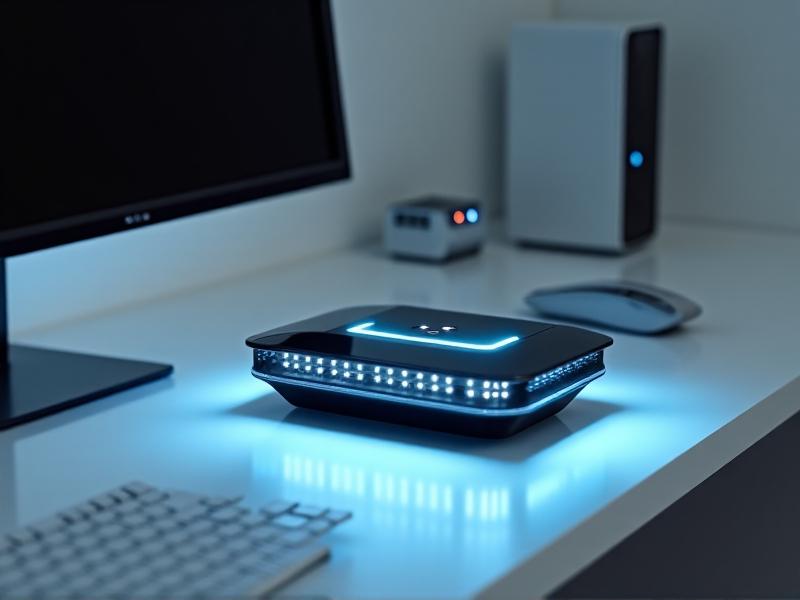
These systems combine sensor arrays, machine learning algorithms, and tactile feedback to monitor and correct posture in real time. Infrared sensors or 3D cameras map body angles, tracking deviations like rounded shoulders or tilted pelvis. Data is processed through proprietary algorithms that distinguish between temporary shifts and harmful patterns. When poor posture persists beyond a customizable threshold—say, 10 seconds of slouching—the system triggers interventions. These range from gentle desk vibrations and LED light alerts to app notifications synced with smartwatches. Advanced models integrate with AI-powered apps that analyze weekly trends, offering tailored stretching routines or workstation adjustment tips.
Key Features That Set These Systems Apart
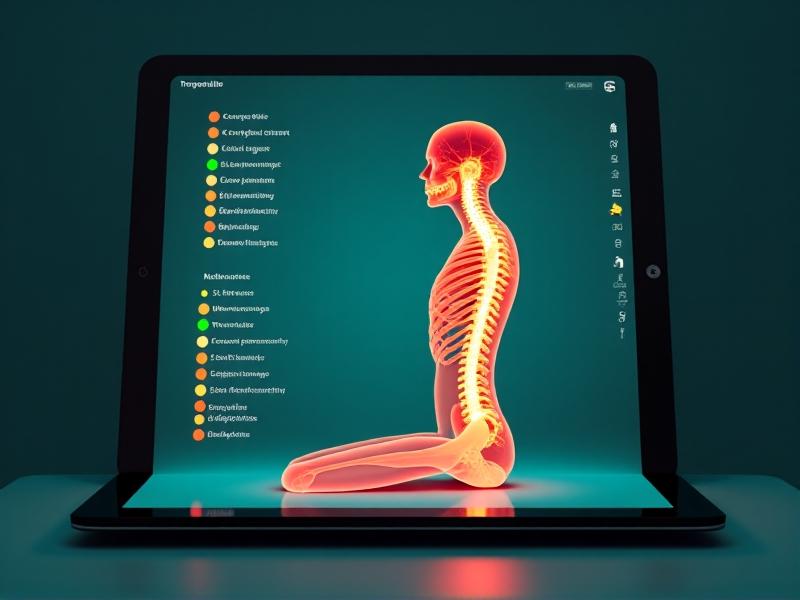
Unlike generic timers that remind users to “sit straight,” posture-adaptive systems employ nuanced features. Biometric calibration allows personalized baseline postures, accommodating diverse body types. Modular designs let users attach sensors to existing furniture, while voice-guided setup ensures accessibility. Some systems use gamification—unlocking achievements for maintaining a neutral spine during a 45-minute Zoom call. Enterprise versions feature admin dashboards, enabling HR teams to anonymize data and redesign office layouts based on collective posture trends. Crucially, these systems prioritize discretion; haptic feedback mechanisms avoid disrupting colleagues in open-plan environments.
The Health Benefits Beyond Spinal Alignment
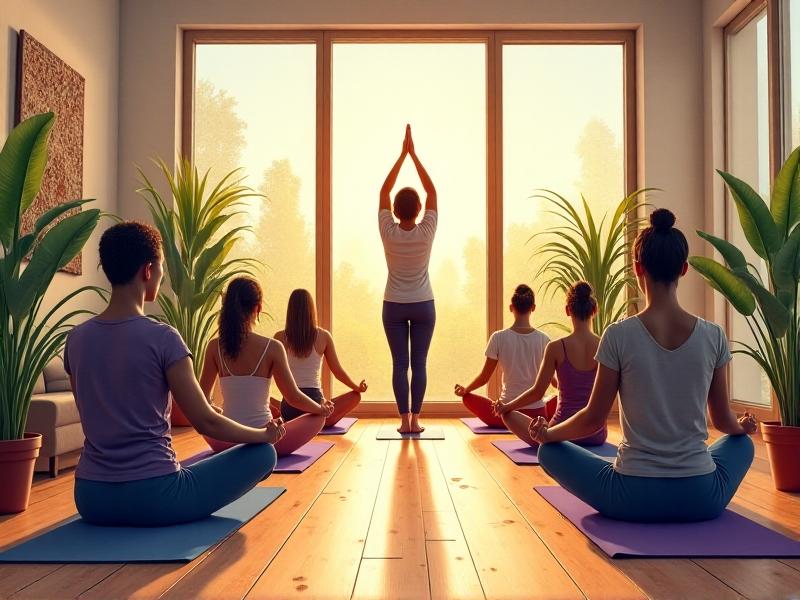
Improved posture yields cascading health benefits. By reducing cervical strain, these systems mitigate tension headaches—a common complaint among desk workers. Better ribcage alignment enhances lung capacity, increasing oxygen intake by up to 30% during focused tasks. Studies in the Journal of Occupational Rehabilitation note a 42% decrease in reported lower back pain after six weeks of consistent use. Additionally, maintaining an upright position boosts circulation, reducing leg swelling and varicose vein risks. Psychologically, upright postures correlate with increased confidence and reduced stress hormones, as noted in Harvard Business School’s research on “power posing.”
Integration With Broader Workplace Wellness Ecosystems
Leading systems now sync with platforms like Apple Health or Fitbit, creating holistic health profiles. Imagine your desk sensing a fatigued slouch and prompting your smart lighting to shift from cool to warm tones, reducing eye strain. Or receiving a notification: “Your thoracic spine stiffness score is 68% today—consider the 7-minute upper back routine.” In corporate settings, integrations with Slack or Microsoft Teams allow discreet peer challenges: “Marketing vs. Design: Best Posture Streak This Week.” Such synergies transform isolated corrections into cultural shifts toward sustained wellness.
Future Innovations in Posture-Adaptive Technology
Next-gen systems are experimenting with predictive analytics. By analyzing keystroke patterns and screen scroll speed, AI could preemptively alert users before fatigue sets in—like a posture forecast. Early prototypes use thermal imaging to detect muscle inflammation hotspots, suggesting localized stretches. Others explore AR overlays that project optimal alignment guides onto the user’s field of view. Materials science plays a role too; MIT researchers are testing nano-sensor films that turn any surface into a posture-responsive interface. As these technologies mature, the line between furniture and health guardian will blur further.
Choosing the Right System for Your Needs
Selecting a system requires assessing workflow and environment. Freelancers might prioritize portability—USB-powered sensors that clip onto laptops. Parents working from home could benefit from child mode, which replaces alarm buzzes with playful audio cues (“Don’t let the dinosaur spine win!”). Corporate buyers should evaluate API compatibility with existing wellness platforms. Key questions: Does it support multiple user profiles? Is the feedback adjustable for neurodivergent sensitivities? Can it differentiate between deliberate leaning (e.g., reaching for a stylus) and harmful habits? Trial periods are crucial—posture adaptation is deeply personal, and the best system feels less like a nag and more like a mindful companion.


